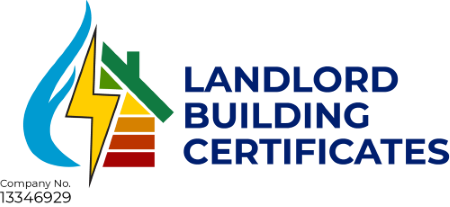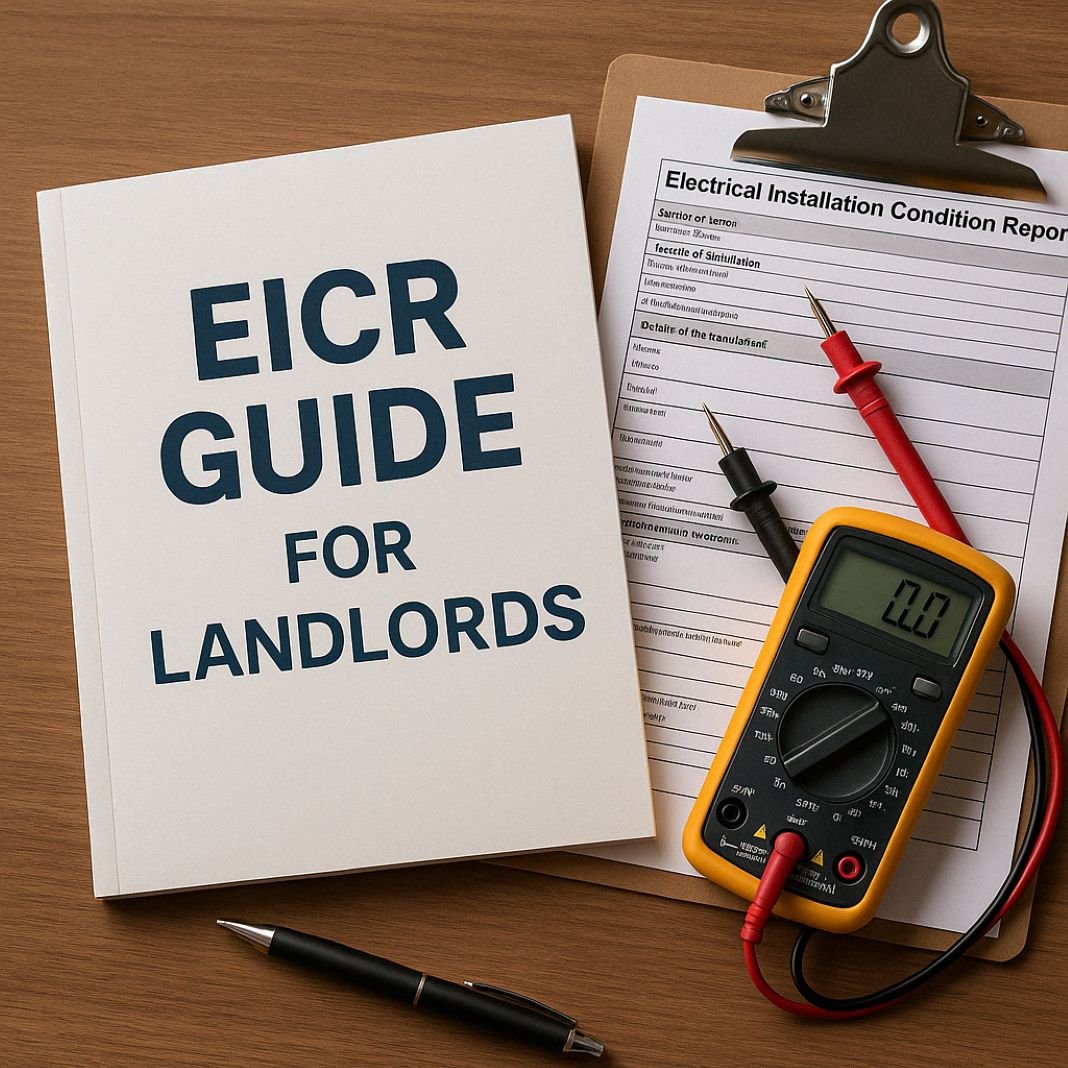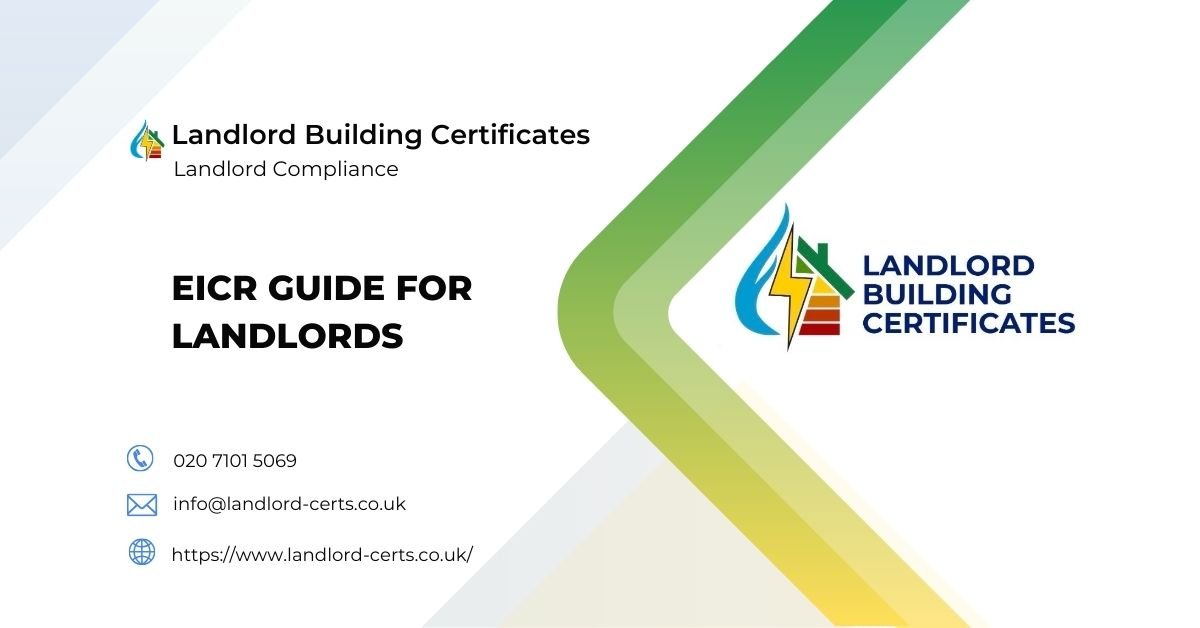What is an EICR and why do landlords need one?
An Electrical Installation Condition Report, often referred to as an EICR, is a formal document provided after a thorough inspection of the fixed electrical systems in a property. This includes consumer units, electrical wiring, sockets, light fittings, and other permanently connected electrical components. If you are a landlord renting out residential property in England, it is a legal requirement to have an EICR completed at least once every five years. The regulation is in place to ensure electrical safety, reduce the risk of electrical fires, and confirm compliance with British Standard 7671 which aligns with the latest 18th Edition Wiring Regulations. Failing to comply can result in serious financial penalties and may also put your tenants at risk.
Here's What We Have Covered In This Article
EICR Guide for Landlords: Everything You Need to Know
What responsibilities do landlords have under the EICR legislation?
Legal requirements for private landlords
Landlords in the private rented sector are legally required to ensure their properties are electrically safe. This means:
-
Commissioning a qualified electrician to inspect and test the fixed electrical installation every five years
-
Providing a copy of the EICR to tenants within 28 days of the inspection
-
Supplying a copy to the local council within seven days upon request
-
Keeping a copy of the report for future reference
-
Completing any remedial or investigative work highlighted in the report within the recommended timescale
These duties apply to properties let under assured shorthold tenancies, licences to occupy, and houses in multiple occupation. You can find further legal guidance on landlord responsibilities in the official government guidance on electrical safety standards.
What types of properties must comply with the EICR regulations?
The regulations apply to most rental properties in England where tenants occupy the home as their main residence and pay rent. These include:
-
Private flats and houses
-
Shared housing
-
Multiple tenancy properties
Some exceptions include registered social housing, lodgers living with the landlord, leases over seven years, and some types of temporary or institutional accommodation.
What does an EICR inspection include?
Scope of the assessment
The EICR inspection covers the condition and safety of the fixed electrical system. This involves:
-
Checking the consumer unit or fuse box for compliance and proper protection
-
Assessing circuit integrity and potential overloads
-
Inspecting sockets, light switches, light fittings, and visible cabling
-
Verifying earthing and bonding arrangements
-
Identifying any signs of wear, damage, or non-compliance with current regulations
Portable electrical appliances like kettles or microwaves are not included. For those, landlords can carry out Portable Appliance Testing or PAT, which is not a legal requirement for most properties but recommended, especially in houses in multiple occupation.
What do the EICR codes mean?
After the inspection, the electrician will provide a written report which classifies any defects using standard codes:
-
C1 indicates immediate danger and work must be carried out without delay
-
C2 identifies potential danger that needs attention as soon as possible
-
FI means further investigation is necessary to determine safety
-
C3 suggests improvement is advised but not mandatory
If your report includes C1, C2, or FI codes, it will be marked as unsatisfactory and you will be required to carry out repairs or further checks within the timescales stated.
How to find a qualified and competent electrician
To meet compliance, inspections must be carried out by someone who is both qualified and competent. Ideally, they should be registered with a recognised electrical competency scheme. These include:
-
NICEIC
-
NAPIT
-
Electrical Safety Register
A qualified person must be trained to the latest version of the IET Wiring Regulations and have the right experience and insurance cover to carry out the work safely and correctly.
For further help, you can check the Electrical Safety First guidance for landlords to find competent inspectors.
What about new builds and rewired properties?
If your property is a new build or has undergone a complete rewire, it will be issued with an Electrical Installation Certificate instead of an EICR. This certificate is valid for five years and serves as proof that the installation meets the safety standards. If only part of the installation has been rewired, then a full EICR is still required to assess the rest of the system.
Protect Your Property and Your Business
Avoid fines and keep your tenants safe. Let us manage your electrical compliance and scheduled inspections.
Staying on top of your responsibilities
Keeping accurate records
It is important to:
-
Book your next inspection before your current report expires
-
Keep copies of all EICRs and any follow up repair documentation
-
Maintain a log of dates, reports, and certificates for future reference
Managing tenant communication
Give tenants proper notice before booking an inspection. If they refuse access, make sure to keep written records of all attempts to schedule the work. Email threads, posted letters, and delivery confirmations are useful if the local authority needs proof you tried to meet your obligations.
Do EICRs apply to empty properties?
Yes. Even if no tenant currently lives in the property, the legal responsibility still applies. In fact, it is often easier to schedule inspections during vacant periods, as the electrician can access all rooms without inconvenience.
Do landlords need a new EICR for every tenant?
You do not need to get a new report each time a tenant moves in, provided your current report is valid and the next inspection is not yet due. However, many landlords choose to get a fresh inspection when there is a change in tenancy as part of their own best practice.
This is also a good opportunity to check for general wear and tear and complete any maintenance before the new tenant moves in.
Need to Book a Commercial EICR?
Ensure your building stays compliant and safe. We work with NICEIC-approved electricians across the UK to deliver certified inspections.
What happens if a landlord fails to get an EICR?
Landlords who do not comply with EICR regulations may be fined up to £30000. If a serious safety issue is identified and not addressed, the local authority has the power to intervene and carry out the remedial electrical work. The cost of the work will then be recovered from the landlord. Always act quickly if your report highlights safety concerns.
How much does an EICR inspection cost?
The cost depends on the size and age of the property as well as the number of electrical circuits. In most cases, prices range between £150 and £300. Some electricians charge per circuit so make sure to ask for a clear quote. It is also useful to compare rates from multiple certified contractors.
What is the difference between EICR and PAT testing?
-
EICR checks the fixed electrical system. This includes consumer units, fixed wiring, and permanent installations.
-
PAT testing inspects portable appliances such as fridges, electric kettles, and toasters provided by the landlord.
PAT testing is not required by law for most properties but is a smart addition, especially for furnished properties or those with shared appliances.
Common mistakes landlords make
-
Forgetting to schedule repeat inspections on time
-
Failing to check whether the electrician is registered
-
Not providing tenants or local authorities with the required documents
-
Ignoring advisory improvements that can improve safety
-
Misplacing records or not logging completed work
These oversights can lead to penalties, disputes, or unnecessary repair costs. Being proactive can protect your investment and reassure your tenants.
Summary checklist for landlords
-
Schedule your EICR every five years
-
Use a certified and competent electrician
-
Fix all C1, C2, or FI issues promptly
-
Give copies of the report to your tenants and the council when requested
-
Keep a full record of all inspections and related work
Frequently asked questions
How often is an EICR required by law?
Every five years or sooner if stated in the previous report.
Is a new report needed for each new tenancy?
Not necessarily. As long as your current EICR is still valid, you can provide that to the new tenant.
What should I do if my tenant will not allow access?
Keep detailed records showing your attempts to arrange access. This includes emails, letters, and call logs. These can support your case if the local council becomes involved.
Do landlords have to do PAT testing?
No, it is not a legal requirement in most cases. However, it is strongly recommended for properties with landlord supplied appliances.
Can tenants ask to see the EICR?
Yes. You must provide a copy of the report within 28 days of receiving the request.
Meeting your electrical safety responsibilities helps keep your tenants safe and protects your property from risks like electrical fires and equipment failure. A valid EICR is not just a legal obligation, it is a practical part of being a responsible landlord in the UK housing market.




